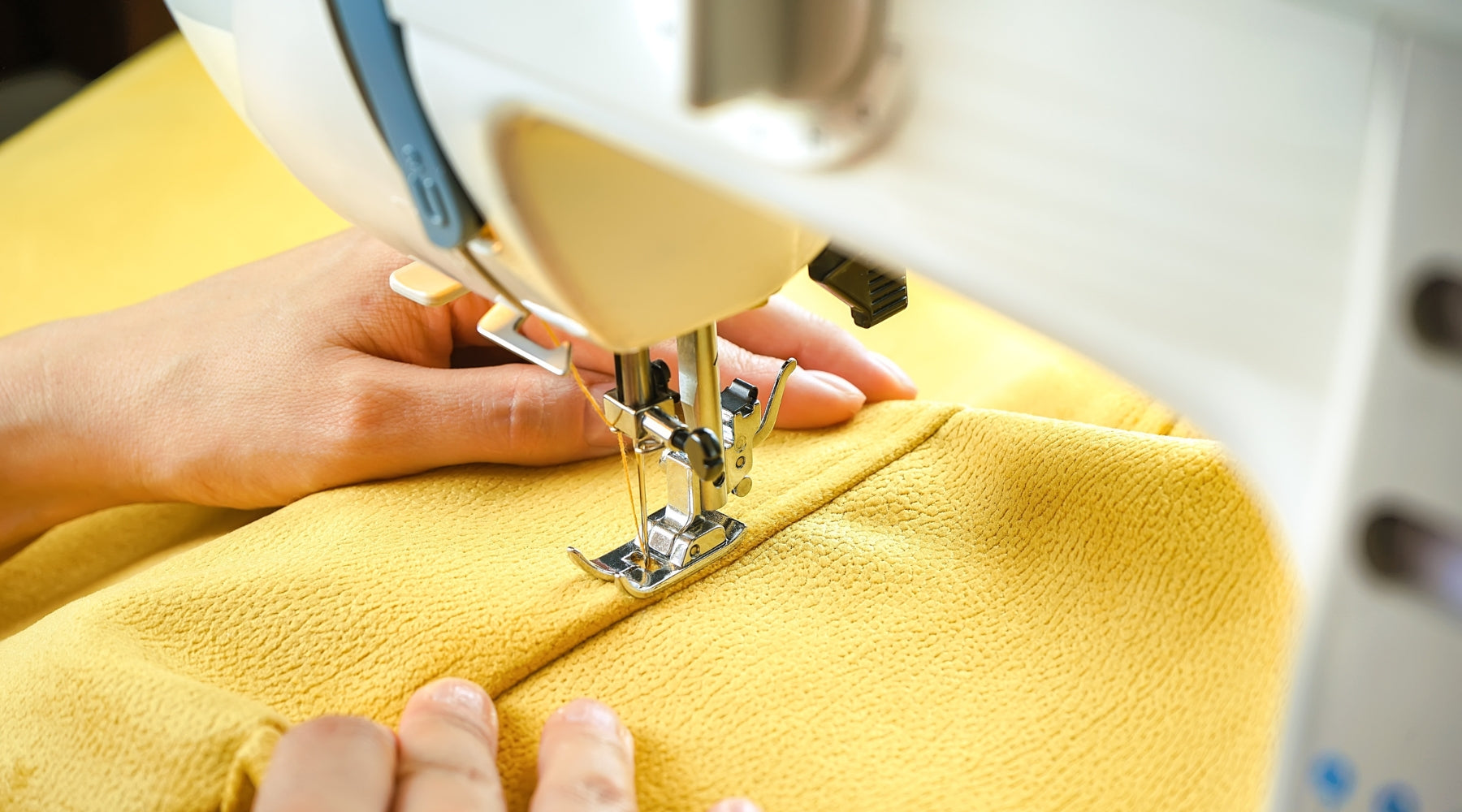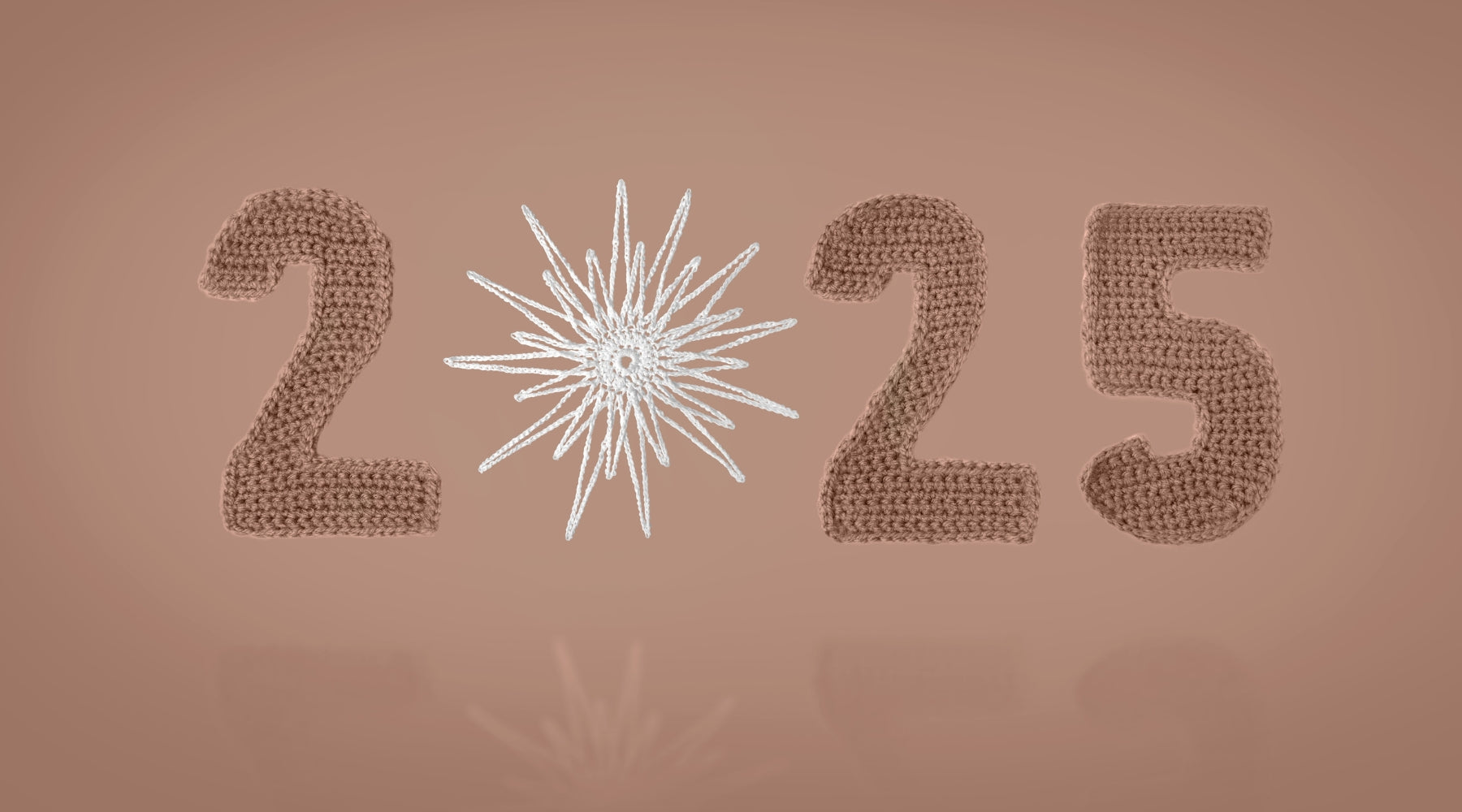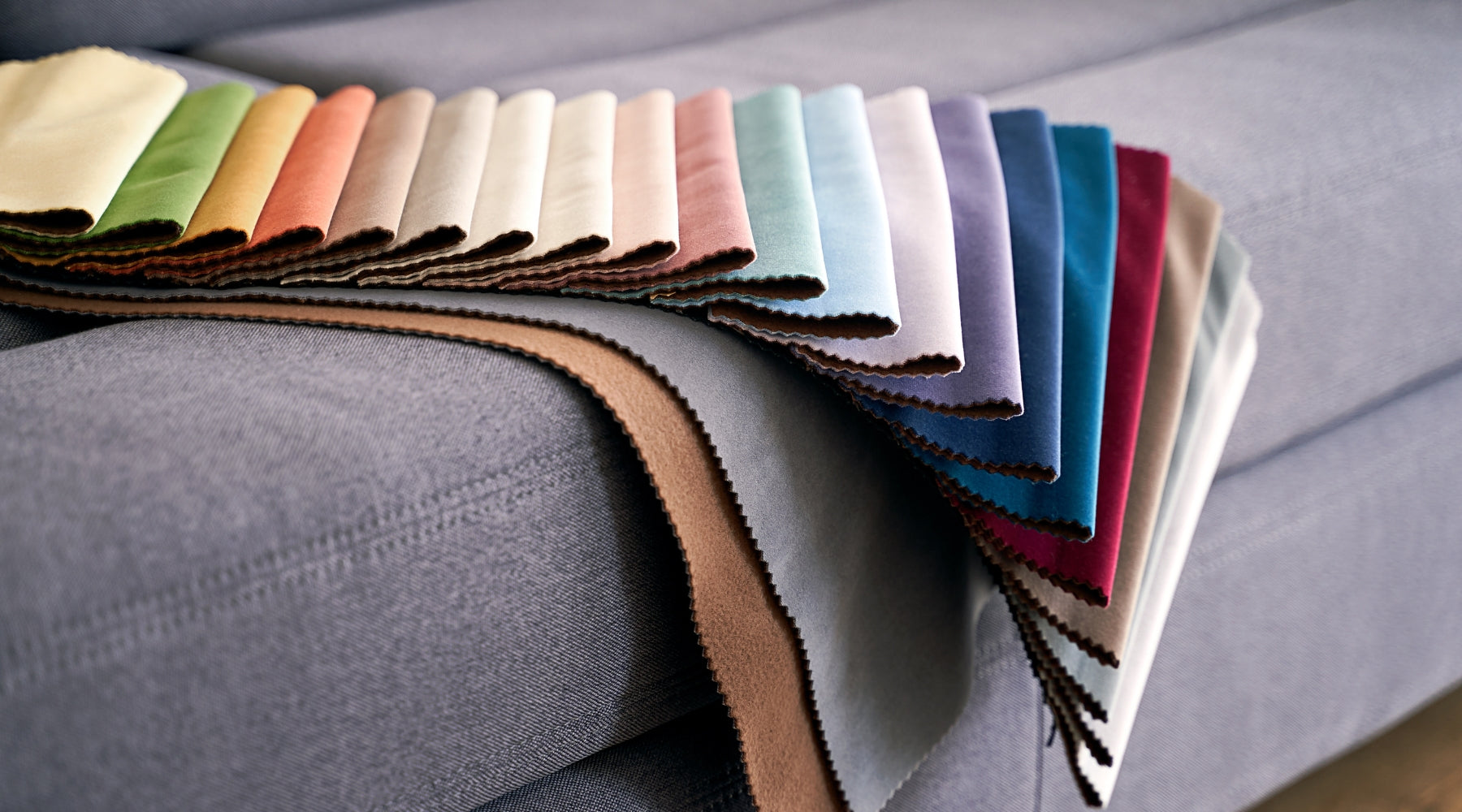
How to Start Sewing Your Own Clothes
Have you always wanted to sew your clothes, but the process felt too daunting?
This article will walk you through the basic steps to help you get started confidently.
Sewing Supplies
Sewing your own clothes can be a fun and long-lasting project when you’re well-prepared and organised. To ensure a smooth experience, list in advance what equipment you will need, store them in your sewing nook and replenish all your essential supplies so you always have them ready for your future clothing designs.
Here is a basic list to get you started:
- Sewing machine
- Fabrics
- Various scrap fabrics
- Fabric scissors
- Rotary cutter
- Cutting mat
- Measuring tape
- Sewing pins
- Pin cushion
- Tailor’s chalk
- An iron and ironing board
- Needles
- Threads in various colours
- Seam ripper
- Patterns
- Tracing paper
- Tracing wheel
- Awl
- Marker pen
- Pencil
- Highlighter
- Ruler
- Bias tapes
- Double-sided tape
- Elastic
- Buttons
Choose a Sewing Pattern
There are plenty of sewing patterns to choose from online, and they can be posted or downloaded using PDF. Although they may seem intimidating at first due to the various symbols and lines, with step-by-step instructions and practice, you will be able to cut your fabric, using your chosen sewing pattern, into multiple shapes and sizes and assemble your garment with ease. As a beginner, it’s helpful to learn what all the symbols mean and consider using designs with minimal seams and no complex fastenings, such as an elastic waistband skirt or a basic T-shirt.
To take full advantage of the pattern's various clothes sizes, don’t cut directly from the pattern but outline the multiple shapes and sizes with tracing paper. As cutting with accuracy is crucial, you will need:
- Sewing pattern
- Highlighter
- Tracing paper
- Awl
- Tracing wheel
- Marker pen
- Ruler

Fabric Choice
When choosing fabrics, opt for stable, easy-to-handle materials like cotton or linen. Investing in high-quality woven fabrics like these holds their shape better and makes sewing easier. Next, consider the garment’s purpose and whether it is meant for winter or summer. This allows you to choose lighter or heavier materials depending on the season. These fabrics can be found in various designs at a local or online fabric store. Once purchased, wash your fabric before cutting to prevent shrinkage. This will also remove any excess dyes that can run onto other pieces of clothing.
When following the sewing pattern, pay attention to the symbol with a line and arrows on either end – the grainline. When cutting, ensure the fabric grain is aligned with the pattern for proper drape and fit.
Cut and Prepare Your Fabric
Once you have precisely traced your pattern shapes and chosen, washed, and dried your fabrics, it’s time to cut and prepare them for sewing.
To ensure precise cutting, start by ironing the fabric to remove any wrinkles. Lay the fabric flat and pin the pattern pieces according to the grainline. Whichever feels more comfortable, cut the fabric using sharp fabric scissors or a rotary cutter. Ensure your cuts are clean and precise to properly prepare the fabric, resulting in a more polished and professional-looking garment. Remember that keeping your sewing nook tidy and organised is good practice to avoid making mistakes or losing parts of the cutout pattern.
Sew By Hand or Machine
Sewing by hand can give you some control and is a great way to learn basic stitches and make minor repairs. However, it is time-consuming compared to a sewing machine. Not only do sewing machines speed up the process, they also create stronger seams and allow for more advanced techniques.
Apply both methods on scrap fabric before sewing on your clothes. No matter which approach you choose, be patient with yourself and take time to practice whenever possible.


